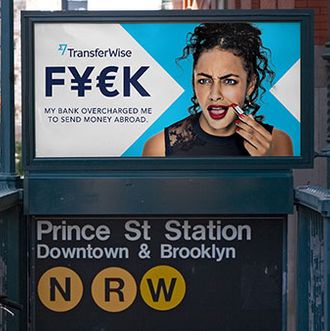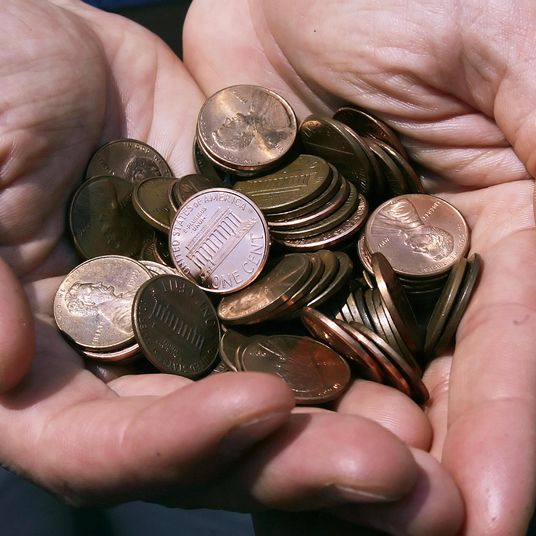
By Jean Edelstein, for TransferWise
Except that it isn’t. If ice cream vans did cones the way that banks do international transfers, would you take it? I don’t think so.
The truth is: you don’t need a degree in finance to understand how you’re getting ripped off. You just have to understand a few basic principles (I do! So can you).
Exchange rates (also known as ‘forex rates’ by people who like jargon) are set by international currency traders who buy and sell money 24 hours a day during the week. The mid-market rate is the ‘real’ rate: the midpoint between the ‘buy’ and ‘sell’ price of a given currency. It’s the rate that banks use when they trade with each other, and it’s the rate that you’ll find if you look it up on Google or Xe.com.
But.
It isn’t the rate that you’ll get from your bank. Ever punched in an amount of money to Google to see how much it will be worth in another currency, and then noticed how it doesn’t add up to what you get from your bank? That’s because banks and other forex service providers often use rates that aren’t as good as the mid-market rate, so that they can skim a bit extra for themselves. You’ve probably noticed at airport currency exchanges how the signs say, ‘We buy’ and ‘we sell’ at rates that don’t reflect what Google is telling you. Banks are doing that too, but in really really really small print.
Oh, banks.
My American bank offers me free international transfers to 20 countries. Great! Oh, wait, there’s some small print that notes ‘If the transfer made in foreign currency, the exchange rate includes a fee for the currency conversion.’ ‘Free’ in this case means ‘with a hidden markup. Other banks offer a fixed fee for international transfers, which sounds great in principle but is less great if it turns out that fee is $50 and you need to send $100.
For example: I wrote a piece for a British magazine. They paid me with a bank-to-bank transfer. When the payment arrived in my US bank, it was short $20, which amounted to a 5% pay cut. Why? I asked the editor. ‘I have no idea,’ she said. Why? I asked my bank. ‘We didn’t charge you a fee’ they said. These little bites can start to hurt, especially if you do the math over the course of a year.
True story: last year when I moved back to the US from Europe I needed to close out some credit cards that were being paid through my British bank account. I prepared myself to take the usual hit: for the money that I was sending to London to arrive missing a large chunk. Then a friend who’d also been living overseas for a long time told me about TransferWise: I could send my money to the UK for a fraction of the cost. TransferWise always uses the mid-market exchange rate, and charges the lowest possible fee — $3 for up to $500, a 1% fee on transfers from $501 to $5000, and a fee of just 0.7% for transfers over $5000. That seemed…reasonable. Which was not a word I have ever used in reference to foreign exchange before.





























